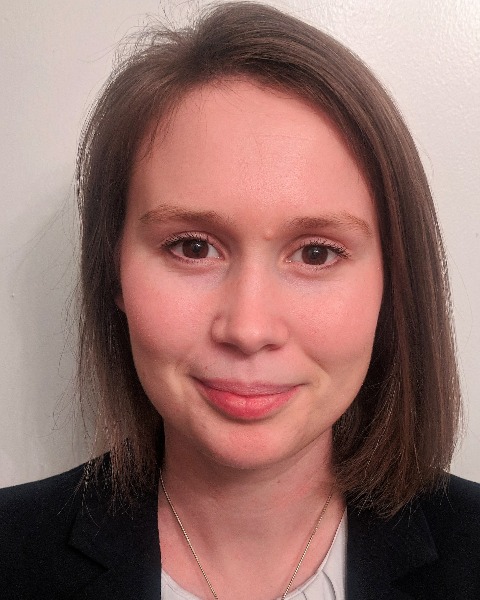Suicide and Self-Injury
(PS9-A12) Exploring the Moderating Effects of Perceived Social Support and Hopelessness on Suicidal Ideation Among Psychiatric Inpatients
- SK
Sara K. Kimble, B.S.
Research Assistant
Butler Hospital
Providence, Rhode Island - GM
Geneva Mason, B.A.
Research Assistant
Butler Hospital
Providence, Rhode Island - RF
Rachel E. Frietchen, B.S.
Research Assistant
Butler Hospital
Providence, Rhode Island - CH
Christopher D. Hughes, Ph.D.
Post-Doctorate Researcher
Butler Hospital & Brown University
Providence, Rhode Island 
Melanie L. Bozzay, Ph.D.
Assistant Professor
The Ohio State University
Providence, Rhode Island- MA
Michael F. Armey, Ph.D.
Associate Professor
Butler Hospital & Brown University
Providence, Rhode Island - HS
Heather Schatten, Ph.D. (she/her/hers)
Assistant Professor (Research)
Butler Hospital & Brown University
Providence, Rhode Island
Author(s)
Co-Author(s)
The relationship between hopelessness and suicide risk is well established (Beck et al., 1993; McMillan et al., 2007; Ribeiro et al., 2018). Additionally, past research suggests that perceived social support is a protective factor for both suicide attempts (Kleiman & Liu, 2013) and hopelessness (Zuo et al., 2021, Niu et al., 2020). Given this, it is possible that individuals with lower levels of hopelessness and higher levels of social support will endorse less severe suicidal ideation. To our knowledge, research has not examined how perceived social support influences the relationship between hopelessness and suicide risk among high acuity psychiatric inpatient participants. Understanding the protective role of social support on suicidal ideation and suicide risk factors could have important implications for future interventions.
The present study extends research by investigating whether current perceived social support moderates the relationship between past week hopelessness and past month suicidal ideation among 165 participants admitted to an inpatient psychiatric unit. Participants completed the Multidimensional Scale of Perceived Social Support (MSPSS), the Beck Hopelessness Scale (BHS), and the Columbia Suicide Severity Rating Scale (C-SSRS). There was a significant correlation between severity of suicidal ideation and both hopelessness (r[165] = .262, p < .001) and perceived social support (r[165] = -.338, p < .001). The correlation between perceived social support and hopelessness (r[165] = -.166, p =.032) was also significant. There was not a significant interaction effect between perceived social support and hopelessness on severity of suicidal ideation (β = .006, t = 1.63, p = .105). While this study does not provide evidence to support the hypothesis that social support moderates the relationship between hopelessness and suicidal ideation, it further supports previous findings that lower levels of social support are correlated with higher levels of hopelessness, and that higher levels of hopelessness are correlated with more severe suicidal ideation. Low variance in the BHS (M = 9.99, SD = 2.19) may have limited our ability to detect a significant moderating effect. Additionally, a larger sample size may be needed to sufficiently power these analyses. Future work should investigate the mechanisms and contexts in which social support and hopelessness may affect severity of suicidal ideation.

